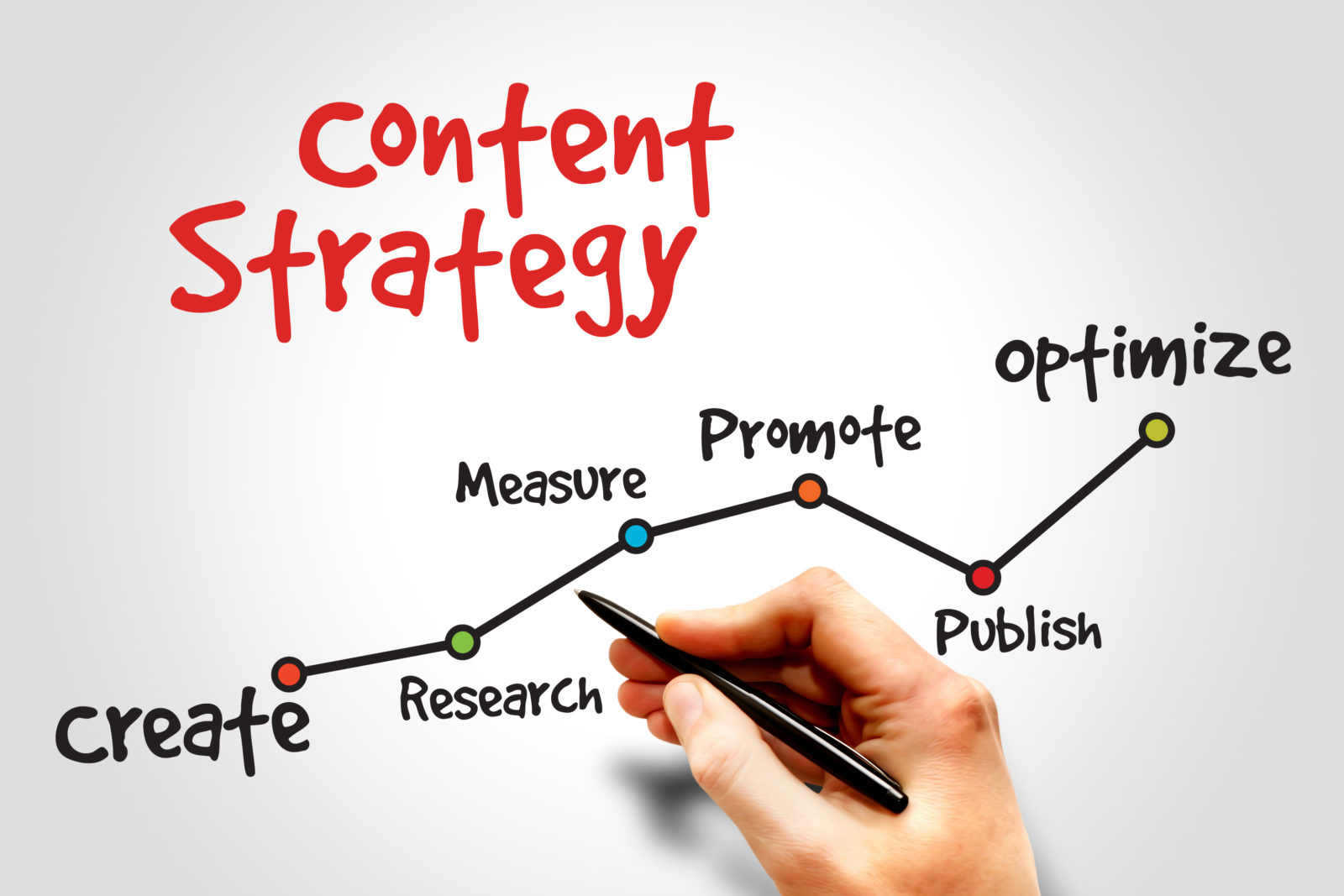The word content development comes from the combination of ‘content’ from Latin contentum, meaning ‘things contained’ or information expressed & ‘development’ from Old French ‘développement’, meaning ‘to unwrap, improve, or bring out.‘ As clearly as the meaning suggests, it’s a process of research, analysis, production, editing, optimizing, publishing, and promoting content with a goal-oriented approach catering to the need for content.
Content creation and development are far from general content production; it’s a strictly purpose-based, strategically planned process that needs to keep up with trends, algorithms, and audience/client demands, and most importantly, with creative freedom in hand.
Let’s get you on the right track with content development step by step.
Why Content Matters?
Do you watch reels on Instagram or read an article online or an educational video on YouTube and say – wow, it was amazing, creative, and insightful! So you see, content is everywhere, all around you. It can serve people both personally and professionally.
Businesses (brands/individuals) use content to connect with their consumers, build a brand image & identity, and establish a reputation & trust among the market and public.

Content development has now become a new business operation’s extension.
It’s of utmost importance in the marketing sector. Remember, Bill Gates once quoted “Content Is King” in his speech. In today’s tech-savvy era, marketing goals are directly tied to content efforts, leading to a boom in the digital marketing industry.
Content development saves time & effort, and is also a cost-effective method on the marketing roadmap.
What Type Of Content Works Best For Marketing?
Content can be of any type and format, like text, visual, audio, audio-visual, long form, short, or a combination of all of these. It’s important to identify what suits you and your requirements the best.
- Blogs Posts, Articles, and Newsletters: These are the types of content that bear fruit even after months of publishing them, as they serve as a data and information history bible for the readers. Considering it shouldn’t just be a fluff of words, but an authentic and problem-solving answer.
- Videos (Long & Short): This type of content is the most appealing, as it is quicker in grabbing the attention and providing detailed information in a short amount of time. You can choose long and short formats based on the need, eg, Instagram reels for quick on-tips info and YouTube videos for in-depth explanation of a topic.
A stat report suggested 89% of businesses use videos as a marketing tool. - Podcasts & Webinars: Podcasts allow you to hear people’s personal stories about the topic, and webinars are live, which helps in building trust and authenticity.
- White Papers: It’s 6-8 pages of detailed information about a topic that has now lost its popularity.
- Infographics: It is a smart way of representing data visually, yet in a concise manner via charts, graphs, minimal text, images, etc. B2B companies often use it to deliver complex data to their readers.
How To Develop Content?

Creating original content in today’s time, which is catchy, informative, and worthwhile, is not a piece of cake, but we have a loophole, and it is adding your uniqueness to it.
- Research & Data Collection: Research thoroughly on the topic you are creating content for, know its history and updates to avoid goof-ups. It’s a world of AI and data-driven work; therefore, support your content with enough data.
- Adhere to Set Goals: Be precise about direction in accordance with your client/audience/business demand, that is, lead generation, KPI increment, consumer retention, traffic generation, etc.
- Competition Analysis: Study your competitors and come up with something different & extra you can do that others are lacking.
- Proofreading & Editing: This step consists of compiling the data you gathered and information to make it presentable and publishable. Also, make sure your content is error-free and fact-checked.
- Support Content Creation with Content Licensing: It allows others to use your content or repost it, which helps reach a wider audience. You can get expert insights and journalistic links which help you build verified and factfull content.
- Optimization: Focus on what the demand is, include relevant keywords accordingly, and make sure your meta descriptions, headers, and titles contain keywords to rank your content. Top content optimisation case studies.
- Promotion: To maximize your ROI, promote your content. E.g., you wrote a blog post, share the link on your social media with its gist.
- Make a Content Calendar: A simple and sorted content planner helps you stay effective in postings, ahead of deadlines, and ideas don’t get crumpled in the hush of delay. Some of the content planning tools are Notion, Airtable.
- Post-Analysis and Improvements: Always allocate time for post-analysis of your content, as it helps identify gaps and areas for improvement, leading to better ROI, engagement, and overall performance.
Some of the content management tools are:
- Grammarly, Hemingway for content editing and proofreading.
- SEMrush, Ahrefs for SEO & Keyword Research.
- Jasper.ai, Ocoya, Murf.ai, and Descript are some AI content development tools used for varied tasks.
Where Do You Make Mistakes In Content?
There are some common yet impacting mistakes in the process of content creation.
- Not Enough Data: In today’s time, people trust numbers, real-time personal stories and figures, and statistics rather than hollow words. It’s a world for data-driven decision making.
- Not Understanding The Concept of ‘Dumping Down to the Audience’: people create unnecessary high-level content for a low-level funnel. Your audience wants to get the information as simply as possible without hassle.
- Not Having a Well-Proportioned Content Plan: Posting too much content doesn’t deliver good ROI, and posting too little doesn’t help either. The key is finding the right balance. Many people struggle with setting the correct timing, targeting the right audience, focusing on their niche, and aligning with algorithm trends.
Conclusion
We can conclude that content really is the king; we saw step by step how businesses and individuals benefit from content marketing. Why is it essential in today’s time? Where do creators lack in content development, and we also learned how content development has become a completely new domain of study and professional practice.
Related: What is IoT Analytics? Significance & Use Cases
Related: What is Accounts Payable? Definitions, Examples, and Process




